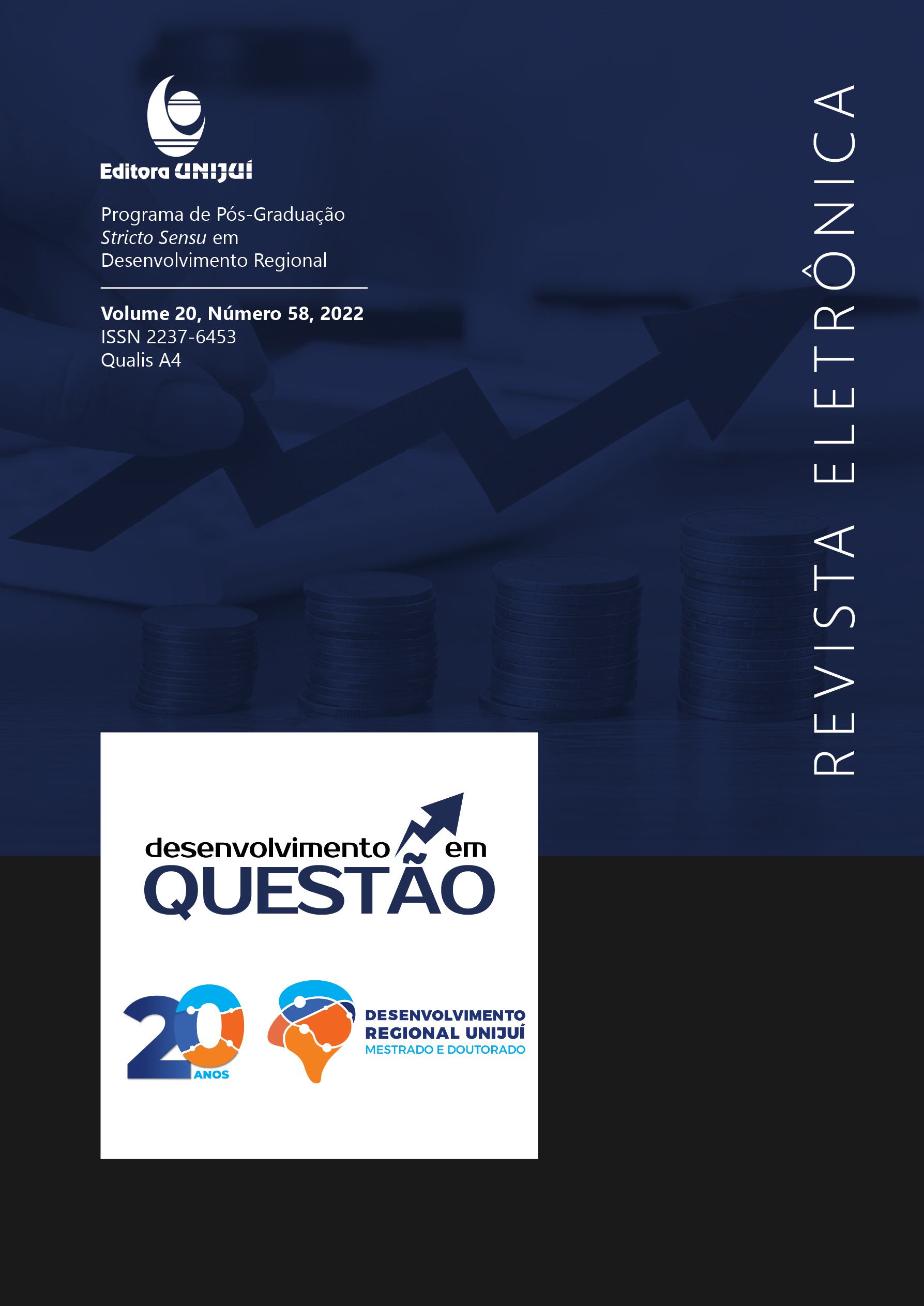Knowledge Management Process Supported By The Apo Manual In A Technology Based Company
DOI:
https://doi.org/10.21527/2237-6453.2022.58.11736Keywords:
Knowledge Management. Technology Based Company. APO Manual. Asian Productivity Organization. Small and Micro Enterprise.Abstract
Technology Based Company (TBCs) are knowledge dependent, a fundamental resource for value creation, innovation and competitive advantage. Their ability to identify, create, store, share and apply this knowledge permeates TBCs, and their management is essential. The objective was to analyze the Knowledge Management (KM) process in a TBC to identify at each stage methods and tools used, according to the KM APO Manual (YOUNG, 2010). A qualitative approach was adopted, through a single case study, with exploratory and descriptive objectives, using primary and secondary data. Content analysis was used to analyze the data with the aid of NVivo® 12 software. Some methods and tools were identified in the company in each of the five phases of the GC. The organization of these phases revealed the potential to transform knowledge into a competitive advantage. This study contributes to the literature on the subject, confirming, through empirical evidence, that the APO Manual proved to be an effective way to identify methods and tools of the KM process, different from the proposal of the user manual to implement the KM process. The framework of the KM process presented from the APO Manual can help identify the areas that should concentrate the KM initiatives in the company, as opportunities for improvement that can reflect even more on the company's performance.
Downloads
Published
How to Cite
Issue
Section
License
By publishing in Revista Desenvolvimento em Questão, authors agree to the following terms:
All works are published under the Creative Commons Attribution 4.0 International License (CC BY 4.0), which allows:
Sharing — to copy and redistribute the material in any medium or format;
Adaptation — to remix, transform, and build upon the material for any purpose, even commercially.
These permissions are irrevocable, provided that the following terms are respected:
Attribution — authors must be properly credited, a link to the license must be provided, and any changes made must be indicated.
No additional restrictions — no legal or technological measures may be applied that legally restrict others from doing anything the license permits.
Notices:
The license does not apply to elements that are in the public domain or covered by legal exceptions.
The license does not grant all necessary rights for specific uses (e.g., image rights, privacy, or moral rights).
The journal is not responsible for the opinions expressed in the articles, which are the sole responsibility of the authors. The Editor, with the support of the Editorial Board, reserves the right to suggest or request modifications when necessary.
Only original scientific articles presenting research results of interest that have not been previously published or simultaneously submitted to another journal with the same purpose will be accepted.
Mentions of trademarks or specific products are intended solely for identification purposes and do not imply any promotional relationship by the authors or the journal.
License Agreement (for articles published from 2025 onward): Authors retain the copyright to their article and grant Revista Desenvolvimento em Questão the right of first publication.











